Helping a formerly abused cat to regain his or her trust in humans and become a happy pet cat is a challenging - yet immensely rewarding - project.
We've put together this guide that will show you how to recognize the symptoms of abuse and how to help an abused cat recover.
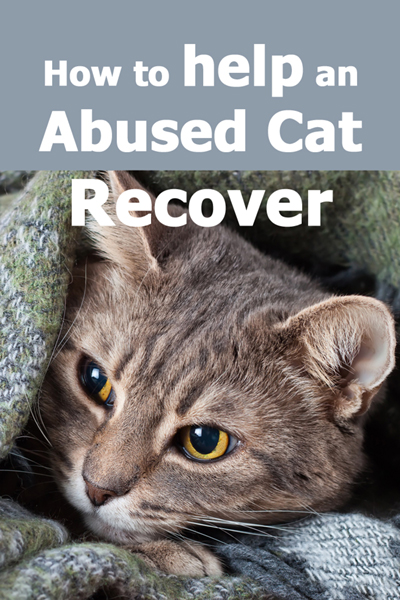
What is an abused cat?
As cat lovers, when we hear about cat abuse, our stomachs turn.
Abuse of pets is more common than some people may think.
It may not always be as tragic as the awful cases that make headlines, but it takes its toll on poor cats everywhere.
Generally speaking, there are two kinds of pet abuse.
The more common one is simply a matter of continued neglect.
Our pets depend on us for their well-being. We need to provide them with
- a suitable environment
- adequate food
- medical care
- and lots of love
A cat that's routinely and systematically denied any of these cannot live a happy life.
A hungry cat, one whose injuries and disease are left untreated, or a pet cat that has little to no loving interaction with humans, is not a happy one.
That cat is likely to withdraw into his or her shell under the stress. More often than not, neglect spreads across all aspects of cat care.
These abused cats are often sick or malnourished and suffer from emotional deprivation.
Then there is the other form of abuse: deliberate infliction of pain on a cat. Fortunately, that kind of horrific cruelty is rarer. It's the kind that makes headlines that make cat lovers shudder.
Sadly, some cats suffer from both neglect and cruelty.
SIGN UP FOR THECATSITE'S EMAIL UPDATES >
How to tell if a cat has been abused
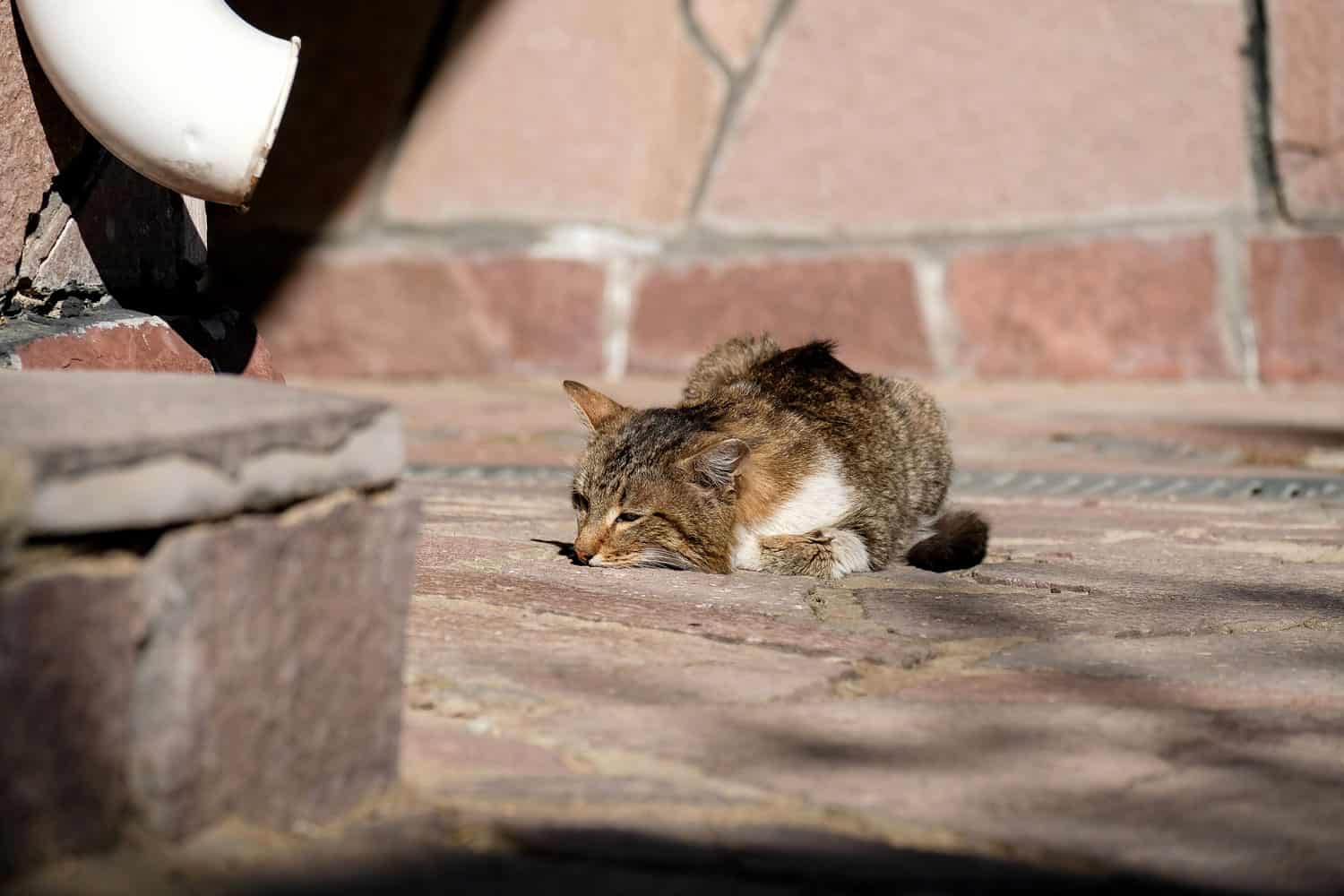
The telltale signs of abuse are often quite visible. Physical symptoms of cat abuse include -
- Untreated injuries
- Chronic health issues from untreated medical conditions
- Parasites such as fleas, ticks, and worms
- An overall unkempt coat, often with bald spots and other skin conditions
- Emaciation (the cat is very thin)
- In cases of actual animal cruelty, the cat may suffer any number of injuries - fresh and old.
In addition to the physical symptoms, abused cats are almost always scared and try to avoid human contact. Some may be aggressive, often due to physical pain and discomfort.
Others may just see a dark corner where they can hide away and suffer in silence.
Not every cat that's showing one or more of these symptoms is necessarily abused.
If you notice a cat that's emaciated, has fleas, or looks sick, that does not mean the owners aren't trying to take care of the situation.
If you suspect a cat is being abused, don't try to act on your own by taking the cat. That's illegal, dangerous, and possibly not helpful to the cat.
Instead, report the issue to the local animal control agency so they can investigate the case.
The good news is that abused cats can be helped. Depending on the cat's temperament, age, and condition, many of these cats may end up being loving pets again.
Others may be helped through medical care and being given a safe environment where they will no longer suffer abuse.
How to help an abused cat recover: The Principles
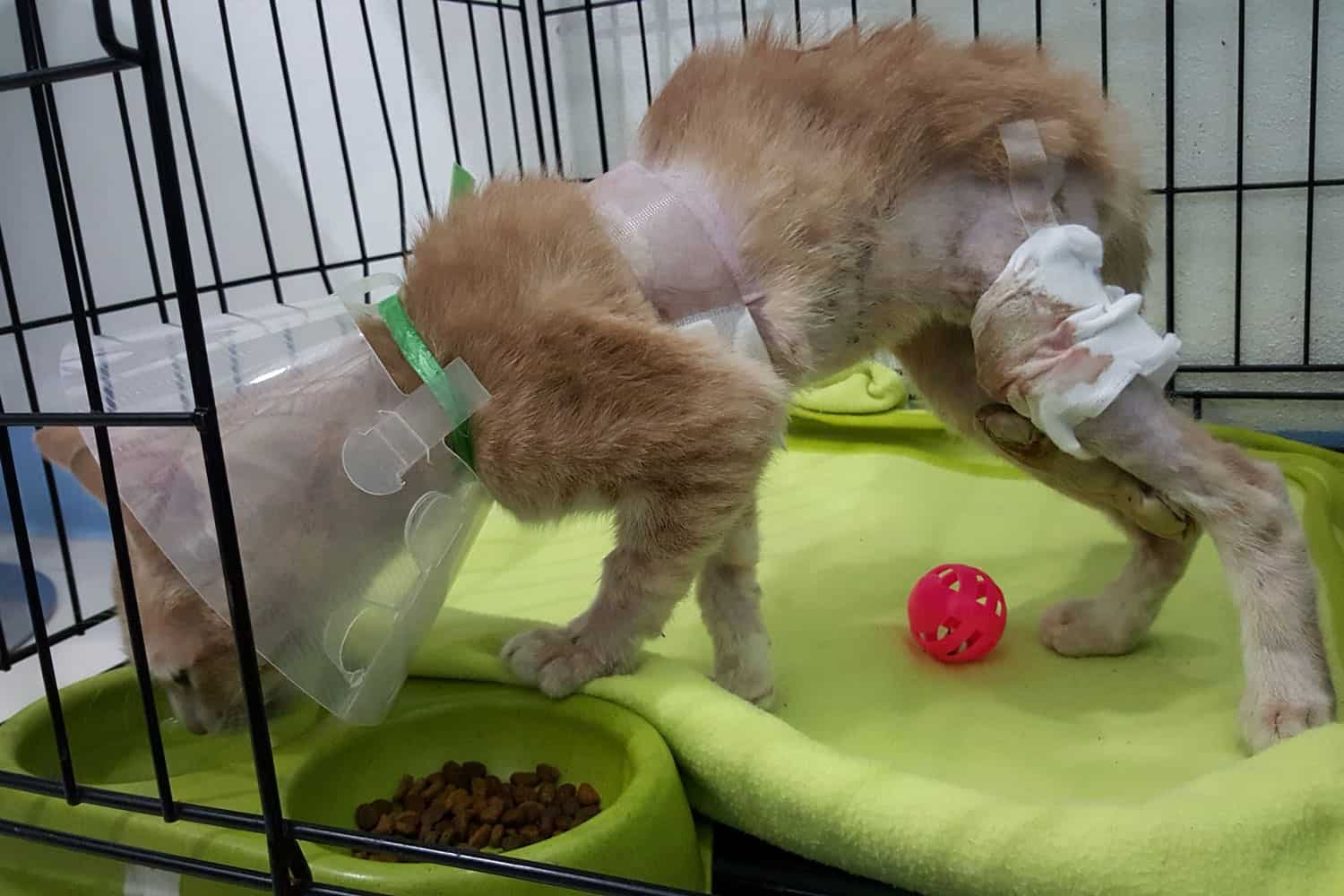
These guidelines should put you in the right mindset for helping an abused cat recover and regain the quality of life every feline deserves. We'll cover the specifics next.
Unconditional love and dedication
To help an abused cat recover, you must help her or him regain their trust in humans. That means offering love - for the long run and with no conditions.
Even if that cat never becomes an adoring lap cat or even allows you to pet her or him. Even if they turn aggressive in some situations and bite or scratch you or someone you know.
You will never get angry or impatient with them. And of course - as is true for every cat - never shout at them or around them and never ever - under any circumstances - punish or hit them.
Take care of the cat's physical well-being
Cats who were severely abused may need urgent medical care. Malnourished cats will need a good few days or even weeks of quality feeding to recover physically.
The cat must first be free of pain and hunger before you can start working with him or her on trusting humans again.
Be patient
Patience is key when dealing with any behavioral issue in cats, all the more so when working with abused cats. There are no timetables for this process.
The pace is dictated by the cat and the cat alone. Age, temperament, and the type and severity of abuse can all affect how long the cat will take to regain his or her trust in any human.
Don't set your expectations too high
Your goal is to give this kitty the best possible quality of life. This may not necessarily mean he or she will turn into a friendly lap cat. Ever.
Even with no history of abuse, cats have their own boundaries, which we must learn to respect.
Some abused cats suffer from invisible neurological damage, which may affect their personality forever.
Our member @kieka shared with us the story of Cinnamon. "We are pretty sure that Cinnamon had brain damage from being physically abused," she said.
Cinnamon had trouble recognizing and relating to others around him, human or feline.
"We used to call him the roommate cat because he acted more like someone who rented a room from us than a part of the family," Kieka added.
How to help an abused cat recover: Practical Tips
Helping an abused cat heal is a project of love, a long one that can take years and even stretch across the cat's lifetime. Here are some practical tips for making this happen.
Slow introductions
As a formerly abused cat enters your life, you will have to introduce her or him to a new environment.
Kitty will have to become familiar with a home, new people, and possibly new pets. This is always a challenge, even for the most emotionally stable feline, but even more so for a traumatized cat.
Start with a safe room and expose the cat to new elements very gradually. Read this guide on how to help a cat adjust to your home and follow through slowly.
Avoid direct eye contact
Cats tend to be intimidated by direct eye contact. In "cat language," staring can be a sign of imminent aggression.
Try not to look directly at the cat. Instead, use the "eye squint" method of communication.
When the cat is looking at you, slowly and gradually squint your eyes until they are almost shut. In all likelihood, the cat will squint back.
That's a great way to make any cat feel comfortable around you, so repeat this exercise from time to time.
Let the cat come to you
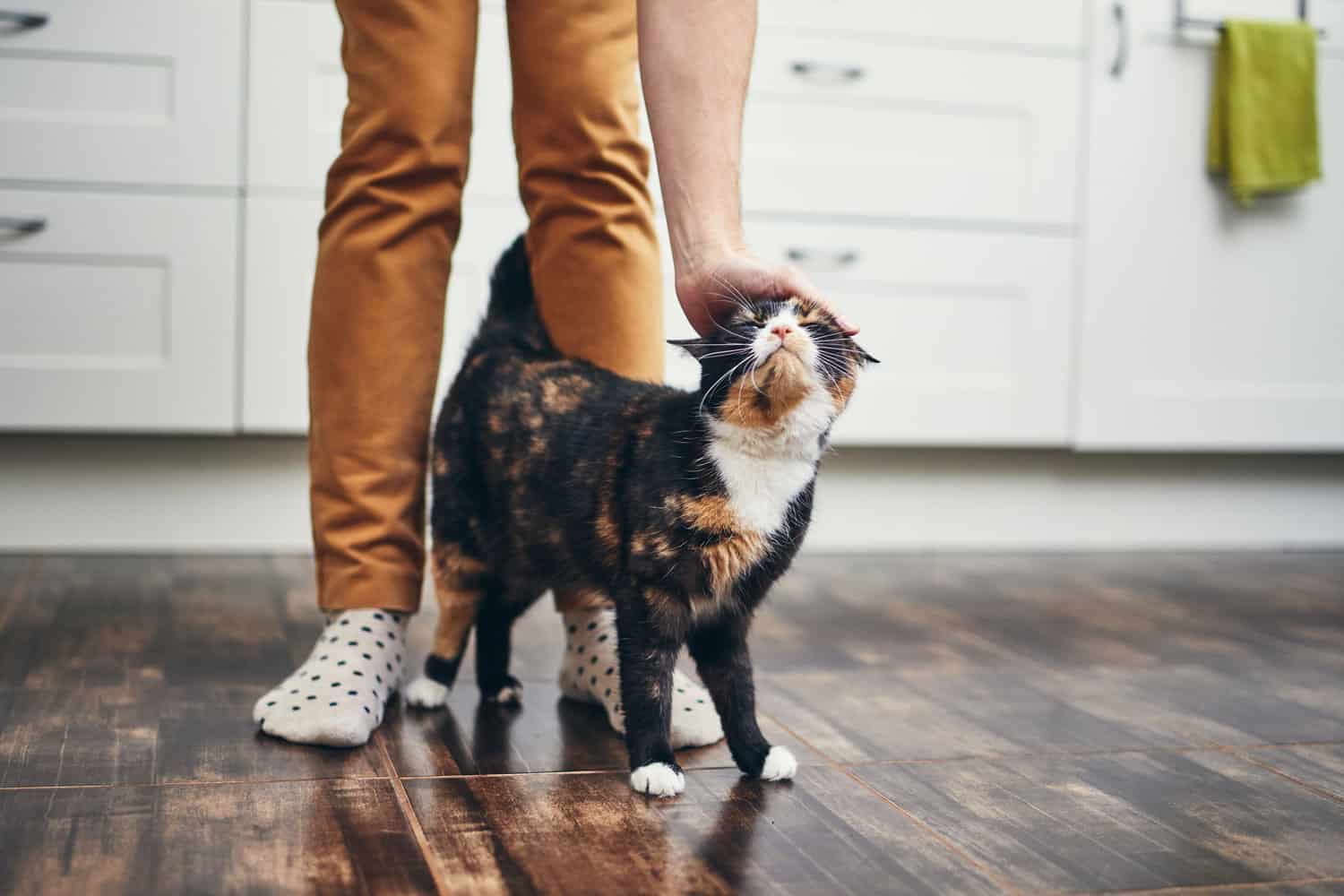
Never force any kind of contact on the cat. Don't lift, hold, or even pet unless you are sure the cat is happy with that kind of attention.
It's best to let the cat come to you if and when he or she is ready. Offer your hand when that happens and let Kitty rub against it. Only then move to petting.
Never rush this. Our member @gitabooks works with shelter cats, many of them traumatized. She says: "If a cat shows trust and approaches you, don't push the matter.
You can spoil the moment and set progress back by reaching out towards them."
Tread lightly
Literally, try to be quiet and gentle when you move around the cat. No sudden movements, no sudden noises. Easy does it.
Get low
Try to spend time with the cat when you are low on the ground. Many shy cats feel more comfortable with their humans at (their) eye level. Sit down by the cat or even lie down.
No need to do anything - just be there with him or her in the room and let them get used to your presence.
Our member @losna found this technique to be very helpful with a rescued cat named Bêlit -
We kept her in a bathroom for a while because it was a small enclosed space, and I would periodically go in and just sit with her.
I learned that she was the most comfortable if I just lay down and closed my eyes, so I started bringing in some pillows and a blanket and doing my best to sleep.
Do spend time with the cat

You will need to spend time with the cat, as often as possible. Follow the previous tips: Don't force the cat to do anything and don't try to initiate contact.
Just be there, low on the ground, speaking quietly and letting the cat see that you do not pose any danger.
A good way to pass the time is to read out loud, preferably a children's book. That exposes the cat to the sound of your voice, used in a quiet and non-intimidating way.
Offer Treats

While many cats are suckers for treats, a scared cat is likely to ignore them. Safety first - food later.
Always offer the cat free access to food and water in the room and never let a cat go hungry, so she or he is more tempted to come to you for food. It just doesn't work like that.
Food should be unconditional, just like love.
Having said that, once the cat has become used to your presence, you can and should offer treats. With a trusting cat, treats can definitely make you more popular!
Our member @di and bob works with treats, but she leaves them for the cat and moves away. "Sit near the place you leave the treats/food and move closer over time as they allow," she suggests.
Gradual exposure to the source of fear
Some formerly abused cats fear something specific. It may be men, women, children, dogs, or even thunderstorms.
If you can find out what scares your cat, it's possible to work on reducing that fear.
Please keep in mind that this stage can only take place far into the recovery process, only once you have established a trusting relationship with that cat.
Our member @IndyJones shared her experience with rescued cat Kabby.
He was terrified of anything with castors (computer chairs, garbage cans etc) and hated storms to the point of pacing and panting.
I worked with him by sitting on the computer chair and holding him. I did this for increasing amounts of time each day, and over time he got better and better; now he will even jump up on the chair by himself and sleep there.
With storms I would cuddle him and play a CD of storm sounds; he also has a weighted jacket called a thunder shirt. This really helped him with the anxiety.
When in doubt, look for help
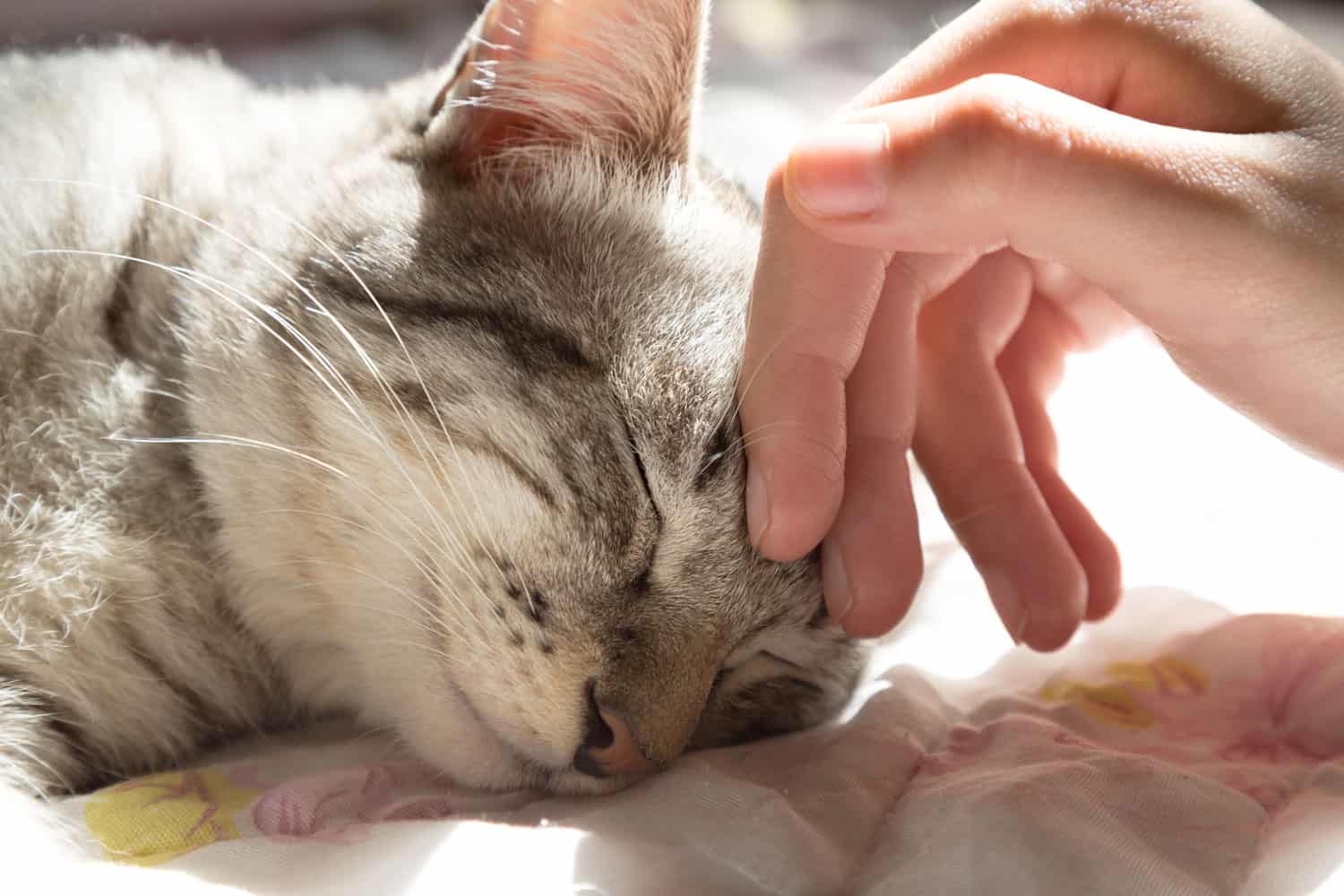
Working with a formerly abused cat is a very rewarding experience. It can also be frustrating and confusing at times. When that happens, experienced rescuers can be a wonderful source for advice and support.
If you don't have any experience working with abused cats, try to find a local rescue group and get a mentor who can help you. That person may be able to visit you, help assess the cat's condition, and offer more advice.
Don't forget our forums too. We have many experience d rescuers right here in TheCatSite.com's community. Post about your situation in the Caring for Strays and Ferals forum and ask for advice.
Are you currently helping an abused cat? You are literally saving a life (some may say nine lives!) when you help a cat recover from abuse.
Please share your experience and any other tips you may have in the comments below.
Don't forget to share this article with your friends on Facebook - everyone can benefit from knowing what the signs of abuse are and how to help a cat in need.
SIGN UP FOR THECATSITE'S EMAIL UPDATES >
Note: We may get commissions for purchases made through links on this page.

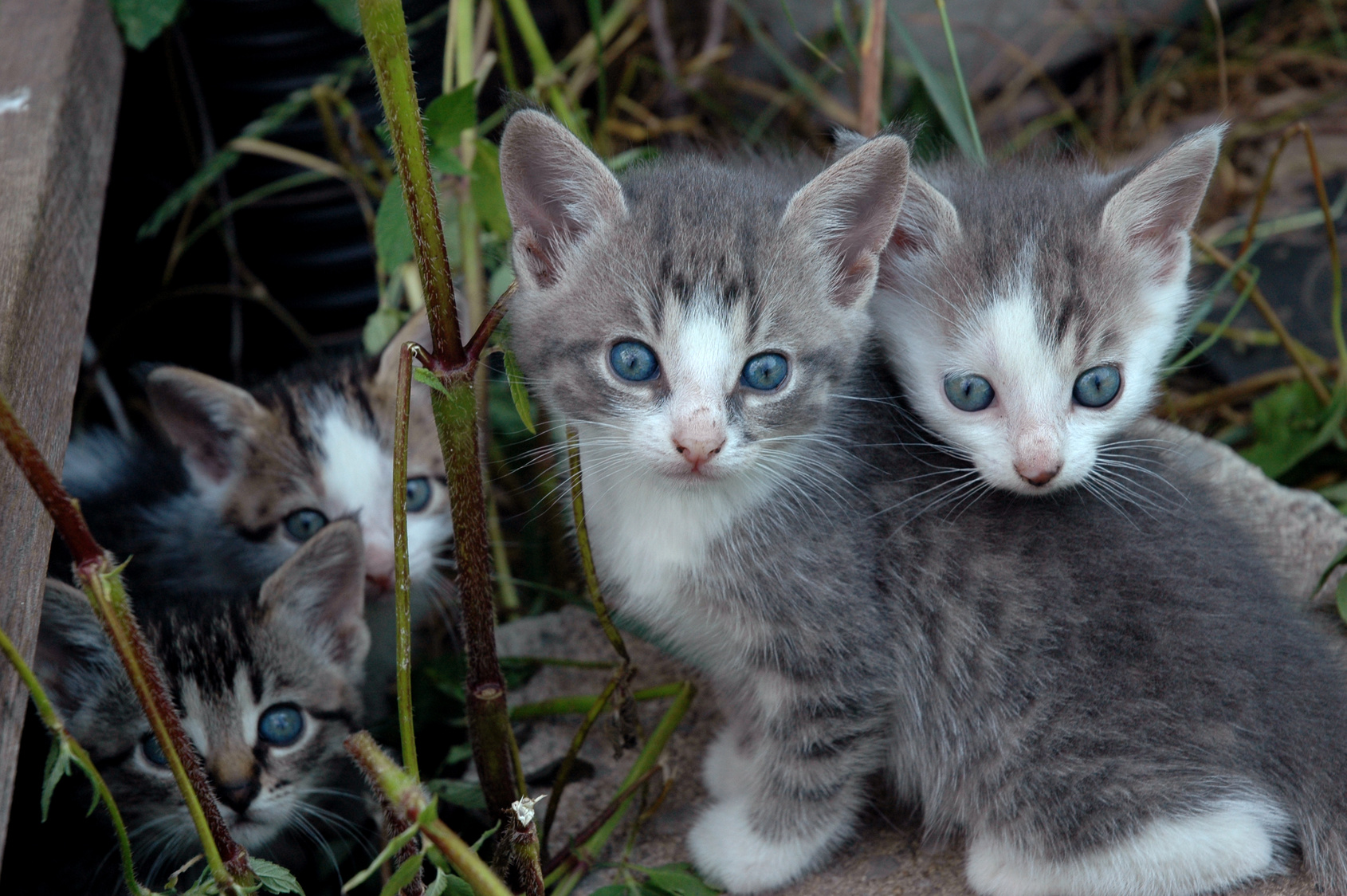

35 comments on “How To Help An Abused Cat Recover”